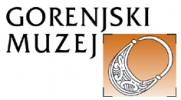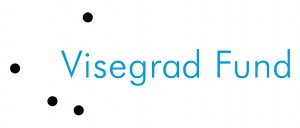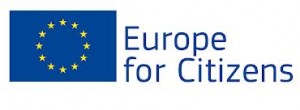Opening the exhibition Totalitarianism in Europe
Gorenjski Museum and Study Centre for National Reconciliation opened the international exhibition Totalitarianism in Europe on Thursday, 17 January 2013, at the Town Hall, Main Square 4, Kranj.
One hour before therewas also a round table organized on the above topic. The guests of the table were dr. Tamara Griesser Pečar, dr. Andreja Valič Zver, ddr. Igor Grdina and Jože Dežman.
The authors of the exhibition are: The Institute for the study of totalitarian regimes, Platform of European Memory and Conscience Study Centre for National Reconciliation, with the support of the International Visegard funds and programs for citizens of the European Union.
International Exhibition of Totalitarianism in Europe focuses on three systems Fascism, Nazism and Communism in the following countries:
– ESTONIA – Communism and Nazism
– LITHUANIA – Communism and Nazism
– LATVIA – Communism and Nazism
– POLAND – Nazism and Communism
– GERMANY – Nazism
– EAST GERMANY – Communism
– NETHERLANDS – Nazism
– CZECH REPUBLIC – Nazism, Communism
– CZECHOSLOVAKIA – Communism
– SLOVAKIA – Pronazi regime
– HUNGARY – Nazism, Communism
– SLOVENIA – Fascism, Nazism, Communism
– ROMANIA – pronacistični regime, communism
– BULGARIA – Second World War, Communism
Basic information about totalitarian systems in Slovenia:
With the advent of Benito Mussolini to power in Italy in 1922, he launched violence against the Slovenian minority in Istria, Trieste and Gorizia. The force of axes invaded the Kingdom of Yugoslavia 6th April 1941, which the Slovenian territory divided between Germany, Italy, Hungary and Croatia. Strong partisan movement was organized. From 1942 onwards, we can talk about the civil war between the partisans and anti-Communist forces, which led to a huge number of killings at the end of the war and after the war.
At the end of the Second World War there was around 130,000 people killed by Yugoslav army , of which 15,000 were Slovenes. Many of them were civilians. More than 620 mass graves have been found so far on the territory of Slovenia. After World War II, Slovenia was part of Yugoslavia, led by the Communist Party and its leader Tito. Camps, secret political police, religious persecution, collectivism, nationalization, show trials and censorship were Yugoslav everyday. Demos, a democratic coalition, won the first democratic elections in April 1990. Slovenia became an independent state in June 1991.















